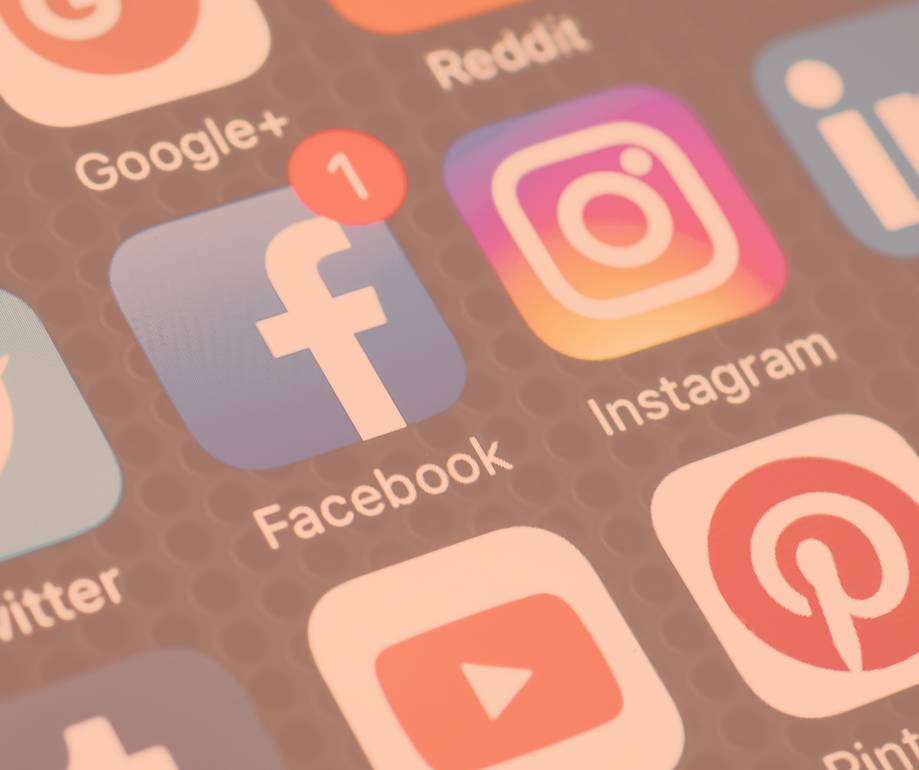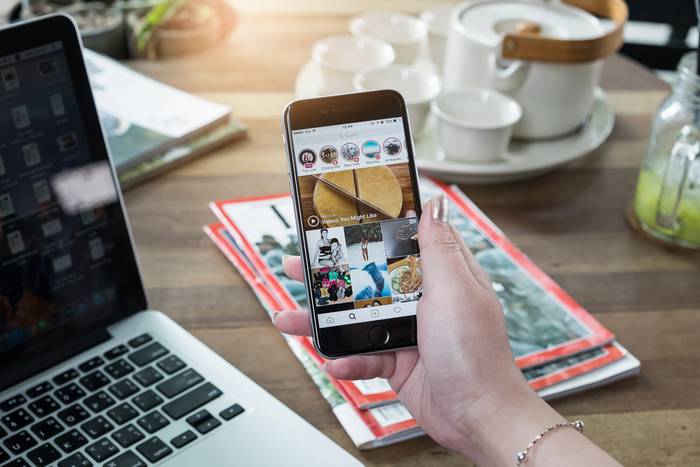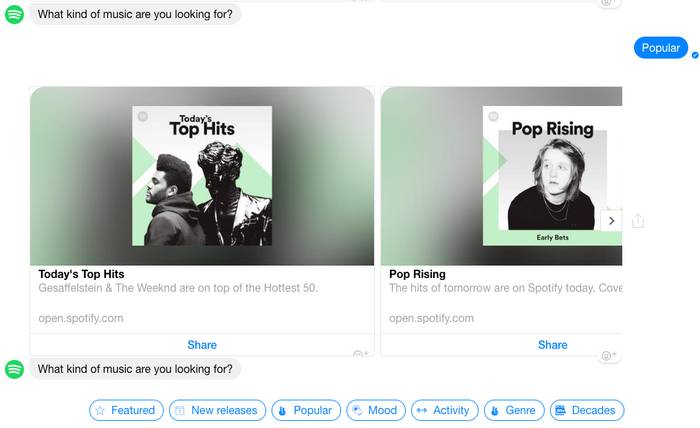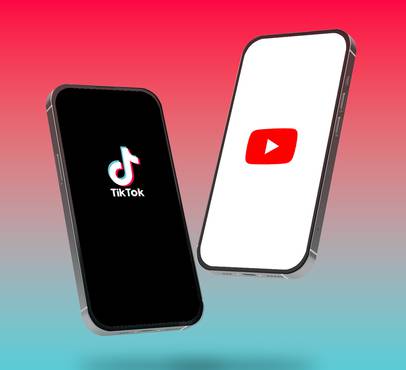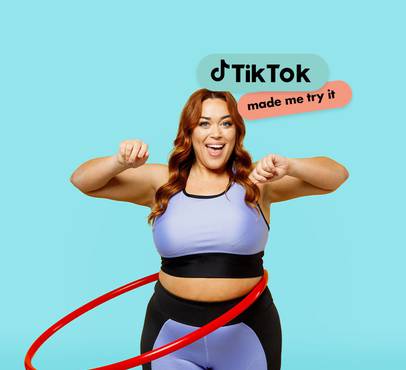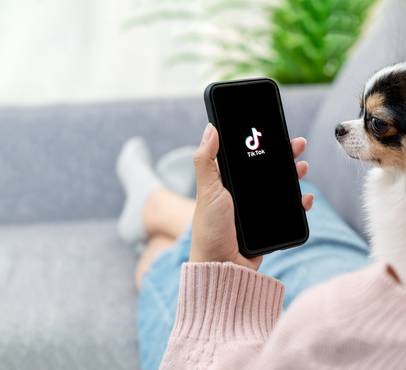Social media: no-one can truly predict what’s going to happen. I mean, who would have thought that we’d start the year with a hard-boiled egg being crowned the most liked image on Instagram?
However, our social team have a fairly good idea of what’s to come in 2019, and with a little help from our friends at Sprout Social, Rival IQ and TRIBE, we’ve listed out what direction we think social media will be heading in this year - hard-boiled eggs and all!
1. Smaller-scale sharing
One of the top reasons we use social media is to share our experiences and follow the lives of our friends, family and favourite influencers. Whilst that’s still the case, privacy concerns are driving more and more of us away from public sharing and into closed Facebook groups and private messaging apps, where there’s a smaller circle of trust.
With audiences choosing privacy over public sharing, is it a bad time to be a brand on ‘social’ media? Not at all. 2019 will be the year brands change-up their paid advertising placements to include Messenger Inbox, which has been around a while now, and the recently-launched Whatsapp ad placement. And whilst it’s not possible to advertise to Facebook groups (...yet), pages have been able to join private groups and interact with its members since September 2018.
To tap into this growing trend, companies with Facebook pages should consider building Facebook groups (linked to their page) which provide added value and smaller, private space to share. For example, a brand selling slow cookers might create a linked group for its customers to discuss recipe ideas. Or a national gym chain could develop a group for members to share training tips. It’s also worth keeping an eye on Twitter; at 2019’s CES tech conference, Twitter hinted they were considering a shift back towards smaller social conversations by introducing instant messaging-like features to the platform and smaller spaces within the platform to follow events. Finally, in 2019 it’s time to look at where messaging apps fit in your marketing strategy, especially when Social Chain have reported seeing 98% open rates and a click through rate of 25% - you’d be mad not to!
“People share more photos, videos, and links on WhatsApp and Messenger than they do on social networks.”
Savvy brands will be looking to adapt their social marketing to be where their audience are, focusing more on smaller groups, and accommodating for behavioral changes and attitudes towards privacy on social media.
2. Stories > Newsfeeds
2019 is being dubbed the year of Stories. Engagements on Instagram will move from Likes on posts to Sticker interactions in stories as more and more brands move away from ‘the grid’ and focus their efforts where most people are spending their time on the platform - Stories.
Generally speaking, users are lazy when it comes to consumption. The evolution of Stories has given us all a much quicker and easier way to digest and engage with information. To put the proof in the pudding, 62% of people have said they have become more interested in a brand or product after seeing it in stories and we expect this figure to continue to rise especially as Facebook predicts Stories will overtake the Newsfeed in the next year.
“It looks like Stories will be a bigger medium than [news] feed has been.”
But first, they’ve got to monetize it. Stories Ads currently don’t perform as well as Newsfeed ads, but that doesn’t mean they can’t, which is something Facebook are fully optimistic about!
That’s not the only thing Facebook is up to. Back in December we saw a “test” roll out to a number of users where horizontal scrolling replaced the vertical scrolling feed on Instagram. It caused an uproar on social, and whilst Adam Mosseri, Head of Instagram, reassured users it was a ‘very small test that went broader than we anticipated’’, but we fully expect to a change like this hitting the platform in 2019.
Instagram will continue to ship new features that create a more seamless experience across stories and posts. And, with average brands posting only 9 days a month, there's lots of room for Stories to grow. - Seth Bridges, Head of Marketing & Product Founder, Rival IQ
P.S. Instagram isn’t the only one experimenting with the horizontal swipe feature, YouTube announced in January that viewers can navigate through videos with a single sweep!
3. Live Experiences Becomes The Norm
With 81 million live broadcasts on Twitter alone in 2018 and 13% of all internet traffic predicted to consist of live video by 2021, we can say with some certainty that live video experiences will continue to flourish on social media this year.
Live experiences offer something that native content can’t: real-time engagement. They’re more immersive, tailored and far less polished (something we refer to as Low-fi; more on that later). It’s not just a one-way communication tool, they allow the broadcaster and viewers to interact with one another, in the form of live Q&As, events, new product reveals and instant giveaways. In fact, Live videos on Facebook are watched 3x longer and get 10x more comments than those that are recorded according to Entrepreneur. Will this stop? We don’t think so, especially when companies are harmonising Live experiences with emerging technologies.
Virtual reality headset company, Oculus, has just announced their first platform update for this year which includes the ability to broadcast VR to Facebook Live Gamers will be able to share their VR experience with their Facebook friends, opening up a new style of personal Live experiences, which we expect to cross over into business territory.
How? Through brand experiences, which are also set to hot up in 2019. Once audience members have had the taste of brand experiences, they crave more. They want experiences that are immersive, responsive and connected, and so brands will be putting a focus on not just the physical experience but the online, Live experience, too.
“We’ll only ever reach a small number at an event, so live-streaming will continue to become the norm, not the exception.”
Live experiences are only just beginning, and we’re excited to see what’s to come!
4. Finding niche (not just reach) with micro-influencers
The use of influencers to promote products and services is not new. Brands have been building networks of ambassadors for years, often in the shape of celebrities with millions of followers and macro-influencers with > 100,000 followers. However, looking to 2019, we will see a significant change in the shape and size of brand ambassador networks. Brands are moving on from mega-star influencers in favour of ‘micro-influencers’ with a smaller, yet more-engaged, audiences.
These communities of individuals have close relationships with their niche followers in which their more authentic point of view is valued and trusted. This gives their recommendations more weight than celebs paid to post about something they probably don’t use.
These quality relationships are much more valuable to brands, not only from a brand awareness point of view, but also in terms of engagement. User-generated content like that of micro-influencers drives 6.9x higher engagement than brand-generated content (Facebook UGC Report, 2018). On average they get a 6.22% engagement rate, much higher than their celebrity competition who only get 1.84%! From a cost point of view, micro influencers are less expensive than their macro counterparts, and managing micro-influencer campaigns is now much easier with the help of online platforms such as TRIBE.
“Across 9,000 micro-influencer campaigns that ran through the TRIBE marketplace last year, we found the average reach for influencers collaborating with brands was c.30,000, with an average charge of £200 per post including both static & video in-feed posts, and Instagram Stories.
The secondary benefit to working with a cohort of these micro-influencers isn't just that they are authentic, real customers - but you also end up with up to 20x the content you would have received for the same media budget working with one macro or celebrity influencer. When UGC is working up to 6.9x higher than branded content, you can pick the UGC that has been crafted for your campaign and boost what is resonating the most with social audiences - vastly improving your paid social efficiencies.”
In 2019, when it comes to influencer marketing, bigger won’t always be better
5. Better use of (chat)bots
With 56% of people preferring to message a brand rather than call customer service, Bots are becoming an important tool for brands. Whilst Bots aren’t a new concept (who remembers Cleverbot and Smarterchild?), their implementation on social media has boomed over the past few years.
Chatbots are becoming easier than ever to implement, with social media management companies like Sprout Social including ‘bot builders’ into their platform, meaning that customer service teams and marketers alike can work smarter and more productively. There may be enquiries and frequently asked questions that a Bot can pick up, freeing up busy marketing teams to focus on delivering results.
Bots are also more convenient for customers, who are expecting faster and faster response times on social media. In fact, Facebook only allows businesses to receive the badge of “fast-responder” if they reply to 90% of messages within 15 minutes, so you’re either going to have to start watching your inbox like a hawk, or have a Chatbot lend you a helping hand!
Bots aren’t just useful for customer service, they can also be used to order food, check your finances, book flights and even decide what music you should listen to next. We expect bots to become part of your everyday life in 2019.
6. Social e-commerce
A recent study by Global Affiliate Network revealed 68% of us do most of our shopping online, with ease (73%) and laziness (53%) stated as the top reasons for choosing to shop online over the high street.
Combine our love for online shopping and social media consumption and you have the perfect immersive e-commerce experience. This has has been made significantly easier through the introduction of social shopping features on platforms such as Instagram.
More than 25 million businesses have Instagram accounts, with four in five Instagram users following at least one business (Verge.com, 2018). Brands can now tag posts with individual products and prices, and also add product stickers to their Instagram stories, allowing users to shop directly from an image, reducing the path to purchase. It’s even rumoured Instagram are working on dedicated shoppable app.
Beyond tagging products, we’ll see more brands using live video strategically to drive sales by demo-ing their products, providing walk-throughs and highlighting customer testimonials in their stories.
Social shopping will also continue to be boosted by user-generated content from influencers with various following sizes - these people are now living, breathing advertisements for brands. The relationships between influencers and their followings should never be underestimated; utilising the trust, admiration and aligned values shared on these networks allows for mass-scale word of mouth to drive sales.
Gone are the days of navigating confusing and busy shopping centres, paying extortionate car park fees and battling one-way traffic systems all for the sake of a new pair of jeans. The learning algorithms behind sponsored shoppable posts help generate more relevant content the more you swipe, resulting in a tailored shopping experience. Now you can sit back, scroll Instagram and buy to your heart's content with a few simple swipes and clicks.
7. Investing in the ‘right’ type content
The conversation around ‘quality over quantity’ still stands in 2019, but we won’t just be asking ourselves ‘what’ and ‘when’ we’re posting, but what ‘social style’ we should adopt to appeal to our audience’s - high or low - expectations.
“Video has been an important form of content on social for awhile but we expect it to permeate the networks even more in 2019. And as brands continue to test the waters with live video and other new features, it is imperative for those that want to break through the noise to develop videos that embody the high quality, creative content people expect.
The conversation around ‘quality over quantity’ still stands in 2019, but we won’t just be asking ourselves ‘what’ and ‘when’ we’re posting, but what ‘social style’ we should adopt to appeal to our audience’s - high or low - expectations.
Interestingly, the Sprout Social Index found that (most) people prefer highly-produced videos from brands rather than more unedited versions on social. Given the transparent and immediate nature of social, this defies the expectation that social users want more natural, unproduced content - from friends, influencers and brands.
This finding underscores the need for marketing teams to focus on recruiting highly-skilled video talent in the year ahead that can bring a mix of planned production and spontaneity to a social video strategy, specifically when diving into live video.”
Rachael Samuels, Manager, Social Media, at Sprout Social.
But whilst most people might prefer high quality, it’s important to test a mixture of content styles and analyse the results, to understand what works best for your brand. Which is exactly what The Guardian did last year with their Instagram stories. They discovered that whilst high-quality video drove new followers, it was “too laborious for the return on investment.” The Guardian have since adopted a less polished posting style, which it says resonated more with their readers.
Whether it’s high quality videos, or low-fi stories content, there’s only one way to find out what works for you...try both!
Speak to our social media team to see how we can help shape your next campaign
drop us a linePost by

Since forming Extreme’s social media department back in 2012, our Head of Social Donna and her team’s work has been recognised nationally. With extensive experience spanning mutiple sectors, Donna specialises in social strategy, ideation and paid social advertising.
Project
